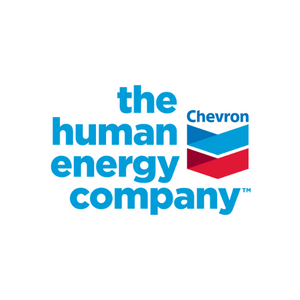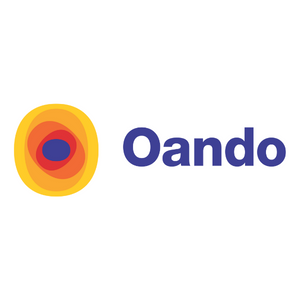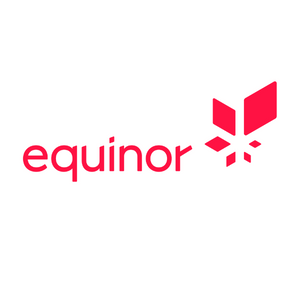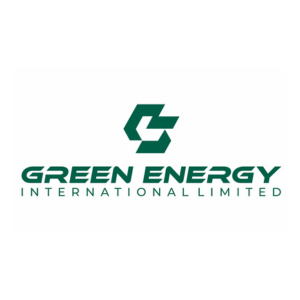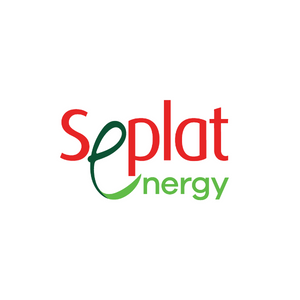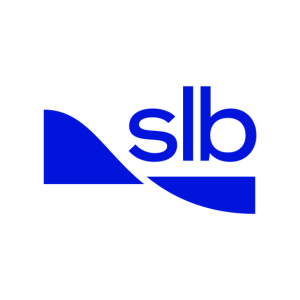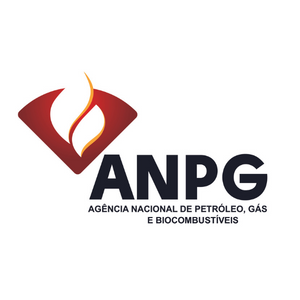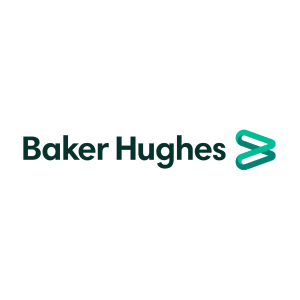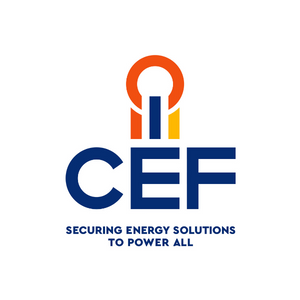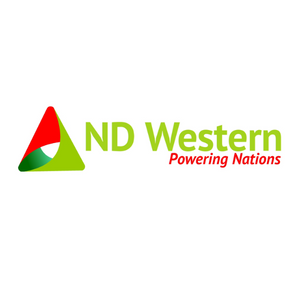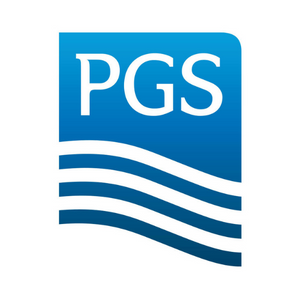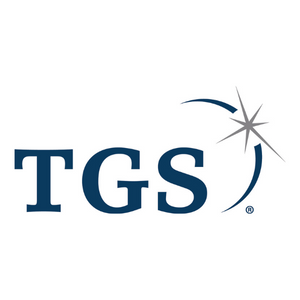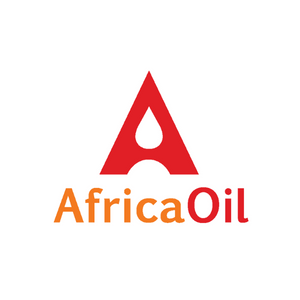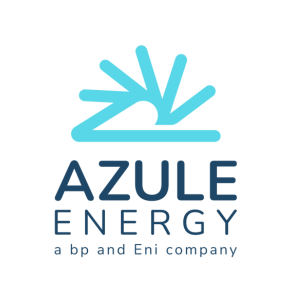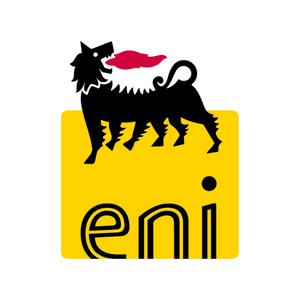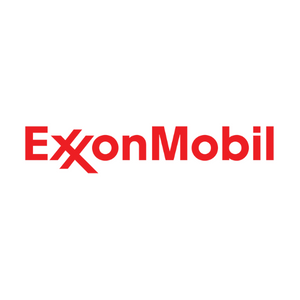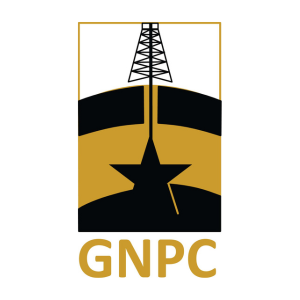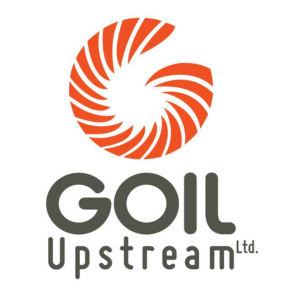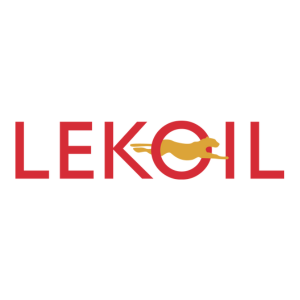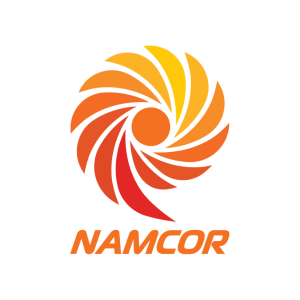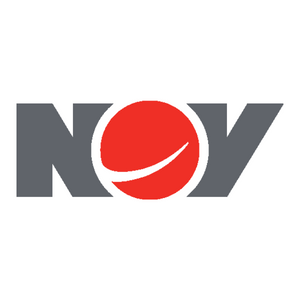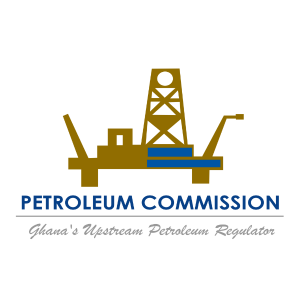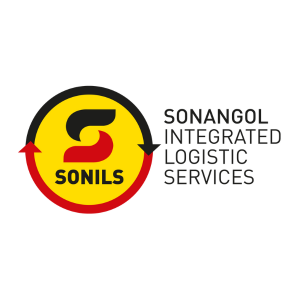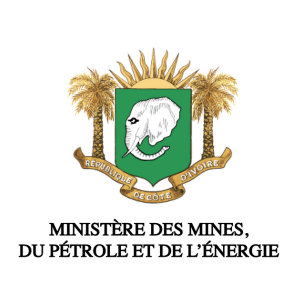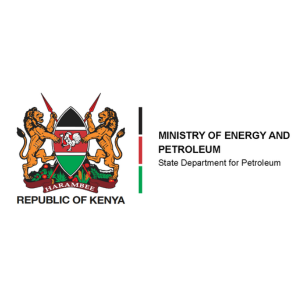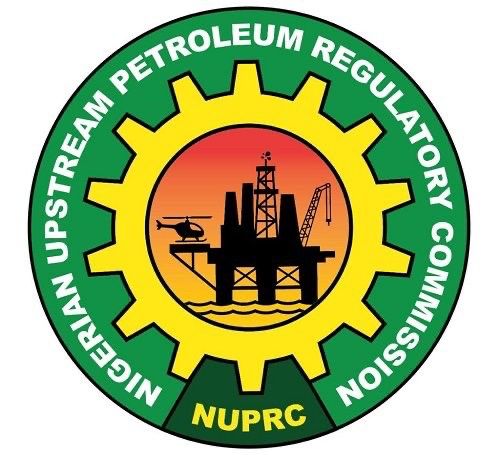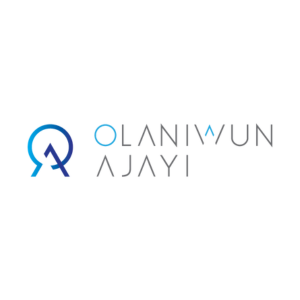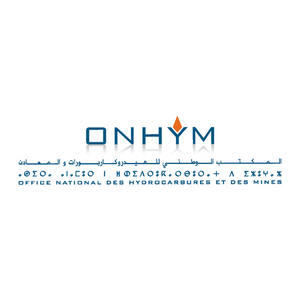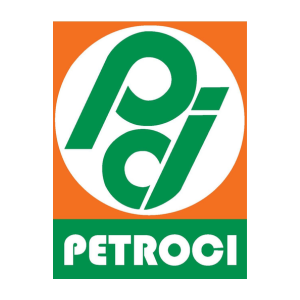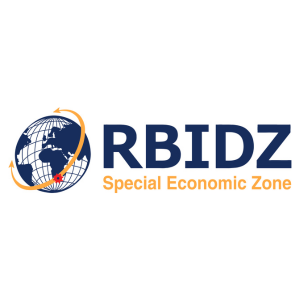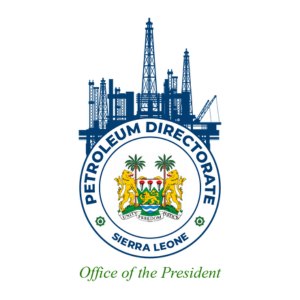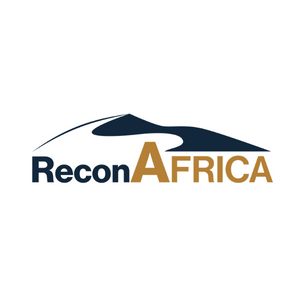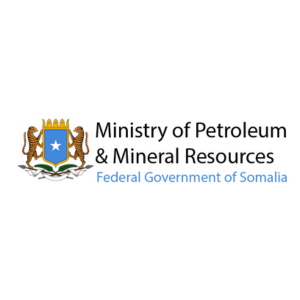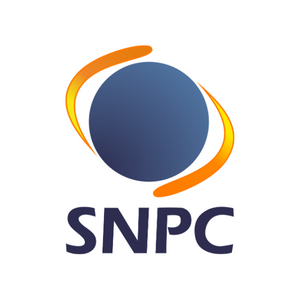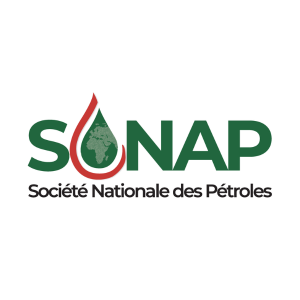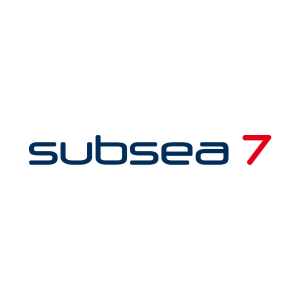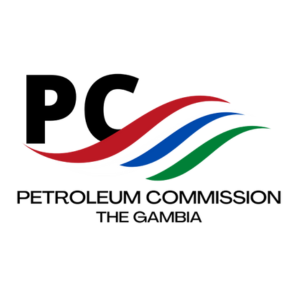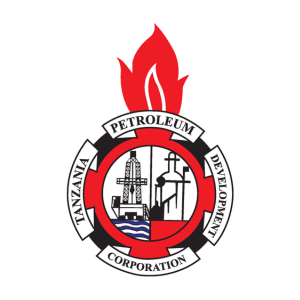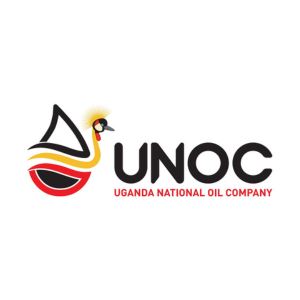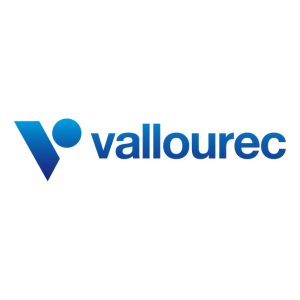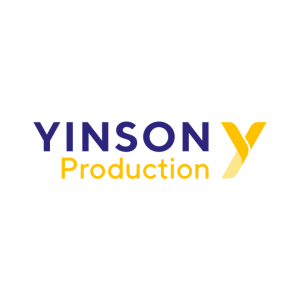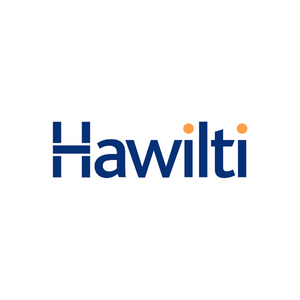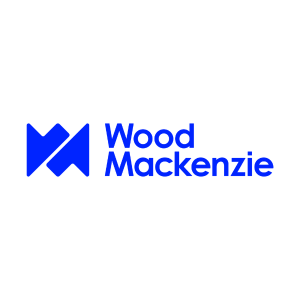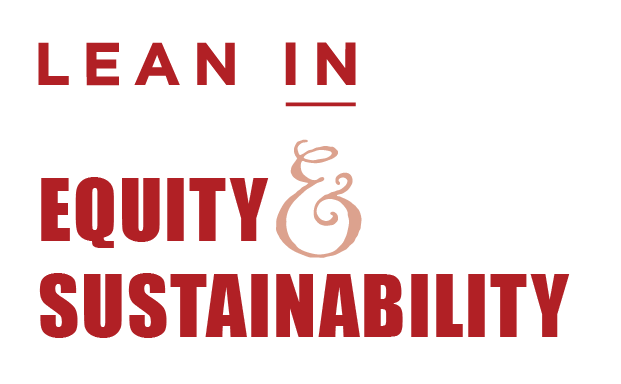Total has oil and gas projects sprinkled around Africa, but its prime ventures are focussed in West Africa in Angola, Congo and Nigeria.
Launched in April 2014, Kaombo is the first project on the ultra-deepwater offshore Block 32, located off the Angolan coast. Its estimated 660-million-barrel reserves span a distinct system of reservoirs at water depths reaching 1,950 metres. At depths of 1,400 to 1,950 metres, the Kaombo project lies in ultra-deep offshore waters. It aims to tap oil deposits spread across six fields in the south-eastern section of Block 32 with 800 square kilometres. Approximately 300 kilometres of subsea pipelines will connect the fields to two Floating Production, Storage and Offloading (FPSO) units. The FPSO vessel expected to kick off oil production later this summer arrived on site in April. The 115,000 barrels-per-day capacity vessel is the first of two FPSOs expected to operate in the field.
Another Angola project already in production is CLOV, located off the coast of Angola, made up of four oil fields: Cravo, Lirio, Orquidea and Violeta. In all, its reserves are estimated at 505 million barrels.
CLOV is first and foremost a project that showcases Total’s expertise in deep offshore development. It connects 34 subsea wells, situated in water depths of 1,100 to 1,400 metres, to a FPSO unit. In these arduous conditions, two types of oil, one more viscous than the other, are simultaneously extracted. The FPSO has a storage capacity of 1.8 million barrels of oil.
The project is noteworthy for its strong local commitment. Ten million hours of work were performed in Angola, three times more than the previous project. Total trained many Angolan workers to become operators on Block 17’s FPSO units. Longer-term expansion has also been achieved, notably at the Paenal yard, which has already hosted several other large-scale projects. In addition, residents have been recruited and trained to meet CLOV’s various skill set requirements.
In neighbouring Congo, Moho Nord is an exploration and production project launched off the coast five-years ago. This huge investment is the largest oil project ever undertaken in the Republic of the Congo. It is the second project issued on the Moho Bilondo offshore license. To maximise production on this field, Total launched two new developments: Moho Bilondo Phase 1b from which first oil flowed in 2015, which began production by end 2015 and Moho Nord, which came on line early last year with a production capacity of 100,000 barrels of oil equivalent per day.
“Moho Nord is the biggest oil development to date in the Republic of the Congo. A showcase for Total’s deep offshore operational excellence, it consolidates our leading position in Africa.” stated Arnaud Breuillac, president, exploration and production at Total. “Moho Nord will contribute to the reinforcement of the cash flow of the group and to its production growth.”
The Moho Nord field is developed through 34 wells tied back to a new tension leg platform, the first for Total in Africa, and to Likouf, a new floating production unit. The oil is processed on Likouf and then exported by pipeline to the Djeno onshore terminal, also operated by Total.
The facilities are designed to minimise their environmental footprint. There will be no routine flaring and the all-electric design improves energy efficiency by optimising the amount of power needed to run the installations. All the produced water will be reinjected into the reservoir.
Nigerian record breaker
Another Angola project already in production is CLOV, located off the coast of Angola, made up of four oil fields: Cravo, Lirio, Orquidea and Violeta. In all, its reserves are estimated at 505 million barrels.
CLOV is first and foremost a project that showcases Total’s expertise in deep offshore development. It connects 34 subsea wells, situated in water depths of 1,100 to 1,400 metres, to a FPSO unit. In these arduous conditions, two types of oil, one more viscous than the other, are simultaneously extracted. The FPSO has a storage capacity of 1.8 million barrels of oil.
The project is noteworthy for its strong local commitment. Ten million hours of work were performed in Angola, three times more than the previous project. Total trained many Angolan workers to become operators on Block 17’s FPSO units. Longer-term expansion has also been achieved, notably at the Paenal yard, which has already hosted several other large-scale projects. In addition, residents have been recruited and trained to meet CLOV’s various skill set requirements.
Moho Nord
In neighbouring Congo, Moho Nord is an exploration and production project launched off the coast five-years ago. This huge investment is the largest oil project ever undertaken in the Republic of the Congo. It is the second project issued on the Moho Bilondo offshore license. To maximise production on this field, Total launched two new developments: Moho Bilondo Phase 1b from which first oil flowed in 2015, which began production by end 2015 and Moho Nord, which came on line early last year with a production capacity of 100,000 barrels of oil equivalent per day.
“Moho Nord is the biggest oil development to date in the Republic of the Congo. A showcase for Total’s deep offshore operational excellence, it consolidates our leading position in Africa.” stated Arnaud Breuillac, president, exploration and production at Total. “Moho Nord will contribute to the reinforcement of the cash flow of the group and to its production growth.”
The Moho Nord field is developed through 34 wells tied back to a new tension leg platform, the first for Total in Africa, and to Likouf, a new floating production unit. The oil is processed on Likouf and then exported by pipeline to the Djeno onshore terminal, also operated by Total.
The facilities are designed to minimise their environmental footprint. There will be no routine flaring and the all-electric design improves energy efficiency by optimising the amount of power needed to run the installations. All the produced water will be reinjected into the reservoir.

